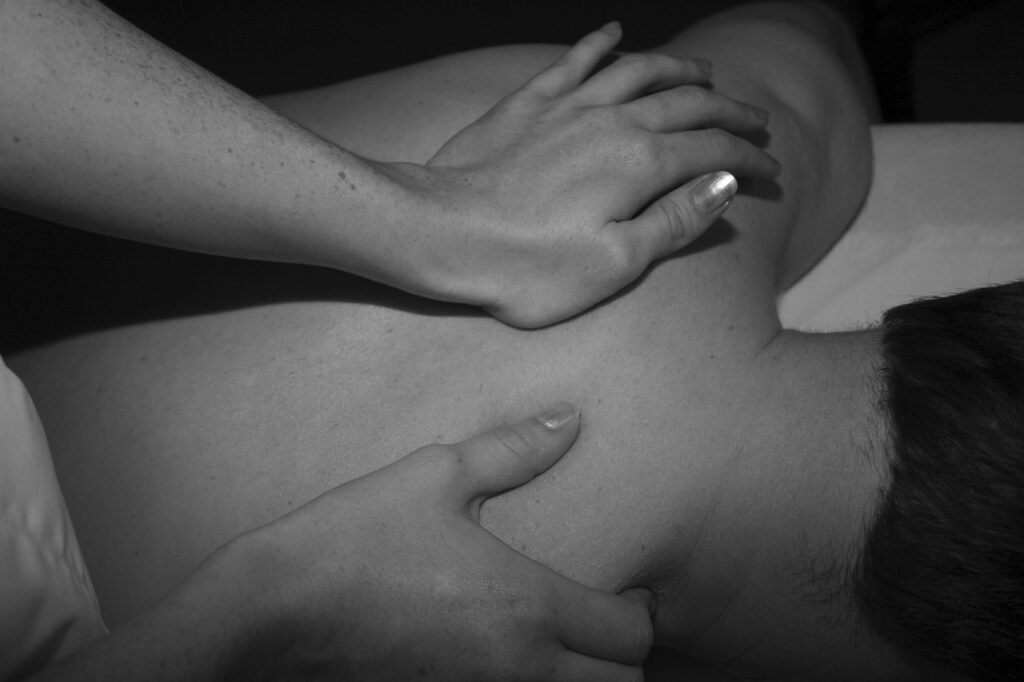
Have you ever wondered about what can physical therapy do to treat physical pain? Today we are going to talk about how physical therapy can help with sciatica pain, give you some insightful data about the best types of physical therapy treatments, and tips to help you deal the best with this type of back pain.
What is sciatica pain?
Sciatica is a condition where the sciatic nerve, the longest nerve in the body, is pinched or compressed. It can cause pain in the lower back, buttocks, and legs. Physical therapy is a non-invasive method of treatment that can help manage the symptoms of sciatica.
Sciatica pain symptoms
Common symptoms include lower back pain that radiates down the leg, numbness and tingling, pain in the buttocks or legs, and difficulty moving the leg or foot.
The most common cause of sciatica is a herniated disc in the lower back which pinches the nerve. Other regular causes may include:
- spinal stenosis
- spondylolisthesis
- piriformis syndrome
- pregnancy
Treatment for sciatica usually involves a combination of pain medications, physical therapy, hot/cold therapy, and rest. Other treatment options include epidural steroid injections, spinal manipulation, and surgery.
How can physical therapy help you treat sciatica?
Physical therapy helps with sciatica pain by providing relief from the inflammation and pain associated with the compressed nerve. It can also help improve flexibility and strength in the lower back and hip muscles, allowing for greater movement and range of motion. Additionally, physical therapy can show you what not to do after hip replacement surgery and help you to improve posture and reduce stress on the lower back.
Physical therapy treatment types
- One type of physical therapy used to help manage sciatica pain is stretching. This includes stretching the muscles in the lower back, buttocks, and legs to reduce the tension and pressure on the sciatic nerve. Stretching can also help to improve flexibility, strength, and range of motion in the lower back, hips, and legs.
- Another type of physical therapy used to treat sciatica is strengthening exercises. This includes strengthening the core muscles that support the lower back and pelvis. Strengthening exercises can help to reduce the pressure on the sciatic nerve while also helping to improve posture and overall strength.
- Aerobic exercise is another type of physical therapy that can help to reduce sciatica pain. This includes walking, jogging, swimming, and biking. These activities can help to increase blood flow to the lower back and hips, which can help with the healing process. Aerobic exercise can also help to improve overall strength, flexibility, and range of motion.
- Heat and cold therapy are also types of physical therapy used to treat sciatica pain. Heat therapy can help to reduce the tension in the muscles, while cold therapy can help to reduce inflammation.
It is important to seek medical help if you experience sciatica pain. Early diagnosis and treatment are key for controlling the pain and avoiding long-term damage.
Conclusion
Physical therapy has existed since the times of ancient Greece and applied to treat musculoskeletal conditions. It has been practiced throughout the centuries as knowledge of the functioning of the human body has advanced, so it is not uncommon for these healing techniques to have survived for generations and practiced by different cultures.
In addition to treating many conditions, the goal of physical therapy for sciatica is to reduce pain and inflammation, improve flexibility and strength, and improve overall posture. When combined with other forms of treatment, such as medications and lifestyle changes, physical therapy can be a very effective way of managing sciatica pain.



